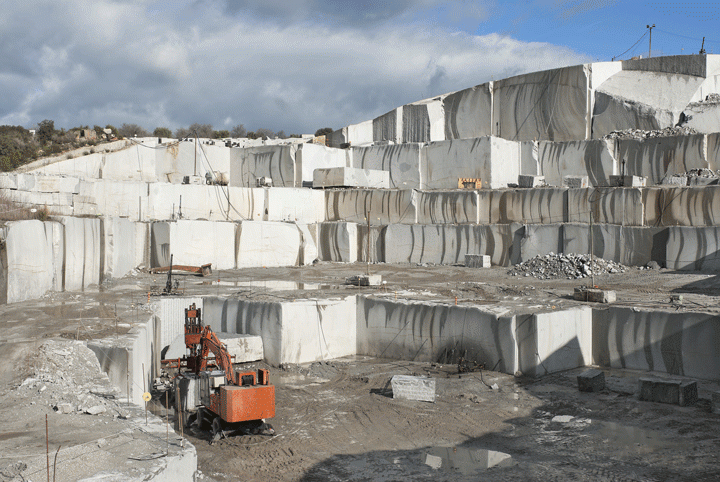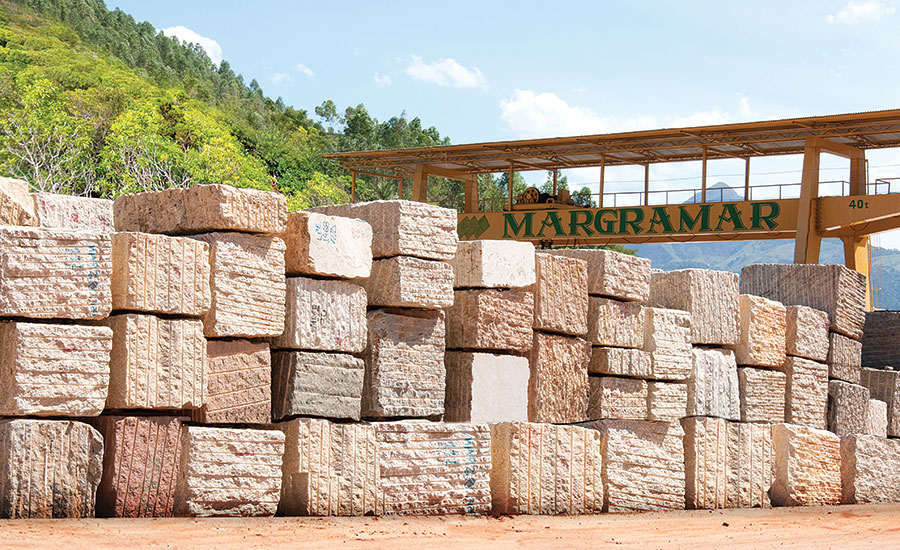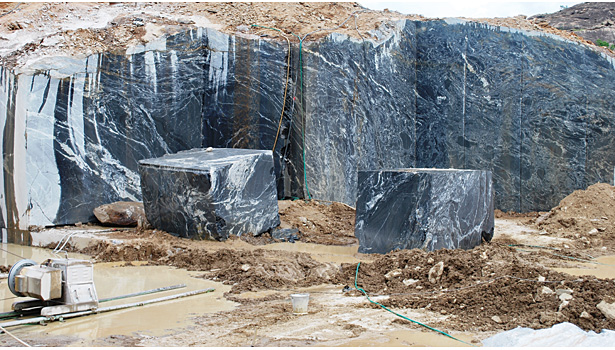Diving into of Granite Quarries in South Africa
Diving into of Granite Quarries in South Africa
Blog Article
Uncovering the Rich Background and Sustainable Practices of Granite Quarrying
As we base on the precipice of revealing the complex tapestry of granite quarrying, a journey via time reveals not just the physical act of removing stone but additionally the cultural and historical relevance woven into the extremely textile of this practice. From the ancient beginnings that laid the foundation for contemporary quarrying techniques to the sustainable techniques that are shaping the future of this industry, each chisel mark on granite surface areas narrates waiting to be discovered (granite quarries in south africa). The heritage of granite quarrying extends much past plain removal; it is a testament to human ingenuity, resilience, and the long-lasting attraction of this stunning rock
Old Origins of Granite Quarrying
Dating back to old people, the practice of quarrying granite has been an important component of human history and architectural innovation. The earliest evidence of granite quarrying days back to ancient Egypt, where enormous pyramids and elaborate sculptures were crafted from this long lasting rock. The Egyptians made use of primitive tools to extract granite blocks from quarries, showcasing the relevance of this product in their monumental buildings.
Progressing in history, the Greeks likewise made significant contributions to the quarrying of granite. The Greeks used granite in various architectural marvels, such as holy places and statuaries, demonstrating their ability in shaping and sculpting this durable stone. The Romans additionally fine-tuned the techniques of quarrying granite, using advanced tools like blades and hammers to essence and form granite for their iconic frameworks.
Through the centuries, the technique of quarrying granite has actually developed, with modern-day technologies improving performance while maintaining the timeless charm of this all-natural stone - granite quarries in south africa. From old civilizations to contemporary contractors, the heritage of granite quarrying proceeds to shape our globe
Development of Quarrying Strategies
The advancement of quarrying methods has been noted by a continual development in the direction of better performance and accuracy in extracting granite. From the fundamental approaches utilized by our ancestors to the sophisticated technologies utilized in contemporary quarrying procedures, the market has actually undergone substantial developments. Early quarrying techniques included manual work with basic tools such as chisels, hammers, and wedges to extract granite blocks from the planet. As civilizations advanced, methods like fire-setting and primitive explosives were introduced to promote the removal process.
In even more recent times, the introduction of machinery transformed the quarrying sector, making it possible for much faster extraction rates and boosted productivity. Technologies such as diamond cord saws, high-pressure water jets, and pneumatically-driven drills have actually ended up being typical in contemporary quarries, enabling for exact cutting and decreased waste. In addition, developments in computer-controlled tools and 3D modeling have actually maximized quarrying procedures, leading to marginal ecological influence and enhanced sustainability techniques. As the need for granite continues to rise, the development of quarrying methods stays essential to conference market needs successfully and sustainably.
Social Importance of Granite
Granite holds an extensive cultural relevance throughout different people as a result of its long-lasting visibility in architectural work of arts and respected monoliths. From the marvelous pyramids of Egypt to the elaborate carvings of the Angkor Wat holy place in Cambodia, granite has actually been a material of option for sharing splendour and durability in cultural heritage. In old Rome, granite columns embellished holy places and public structures, signifying strength and durability. The cultural value of granite prolongs past its physical attributes; it personifies strength, stability, and timelessness, making it a symbol of enduring legacies and practices.

Sustainable Practices in Quarrying
Amidst the abundant history of granite quarrying and its cultural value exists an expanding emphasis go to this site on sustainable techniques within the market. As environmental recognition and worries about source exhaustion have increased worldwide, the quarrying industry has significantly accepted sustainable techniques to minimize its effect on the setting and surrounding communities.

In addition, reclamation and rehabilitation of quarry sites post-extraction are essential to sustainable methods. By bring back quarried locations to an all-natural or advantageous state, such as creating wildlife habitats or leisure rooms, quarriers can offset the environmental footprint of their operations and contribute positively to the local ecosystem.
Tradition of Granite Quarrying
With a historic background soaked in craftsmanship and industrial progress, what withstanding influence has granite quarrying left on the landscape of modern-day culture? The legacy of granite quarrying goes beyond simple extraction practices; it has actually shaped architectural wonders, metropolitan landscapes, and cultural heritage worldwide. The resilient nature of granite has made it a preferred choice for monoliths, structures, and framework, standing as a testimony to the skill and artistry of quarry workers throughout generations.
Additionally, the financial footprint of granite quarrying can not be overlooked. The sector proceeds to supply work chances and drive regional economies in regions where granite extraction is prevalent. It has also stimulated technical innovations in quarrying techniques and equipment, causing much more reliable and lasting techniques.
In regards to sustainability, the tradition of granite quarrying consists of efforts to alleviate ecological effects via improvement jobs and accountable resource administration. By stabilizing economic interests with ecological stewardship, the sector strives to guarantee that future generations can remain to profit from this long-lasting natural resource.
Final Thought

Report this page